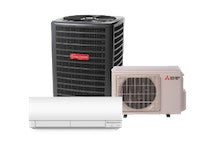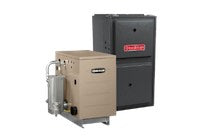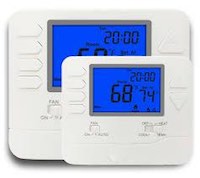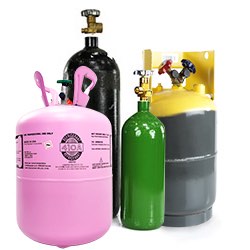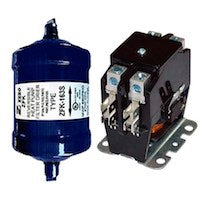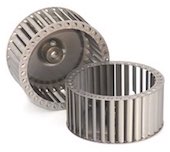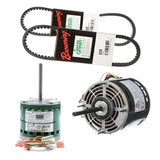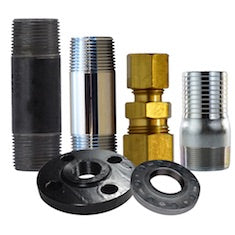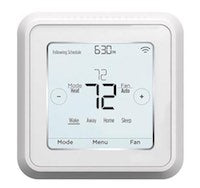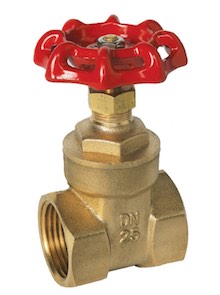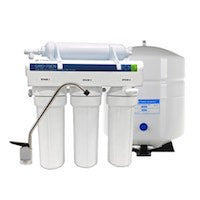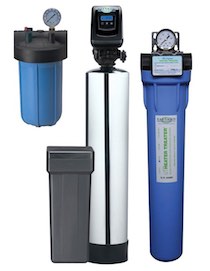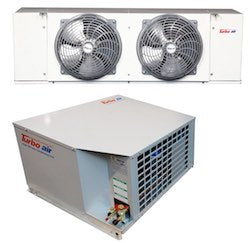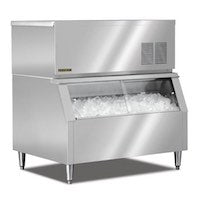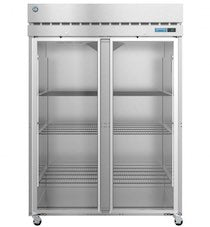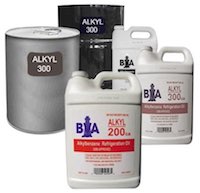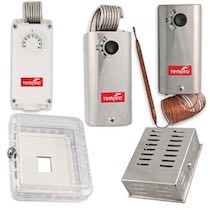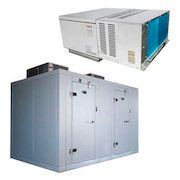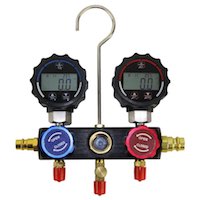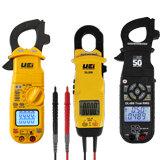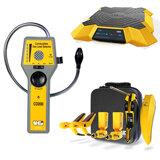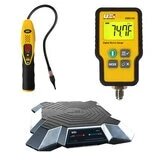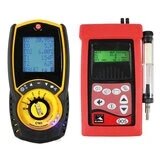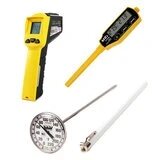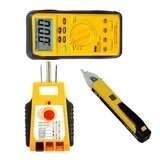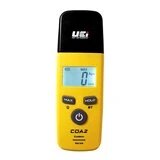
Direct Drive Ventilators
BRAND: Fantech
BRAND: Fantech
BRAND: Fantech
BRAND: Fantech
BRAND: Fantech
BRAND: Fantech
BRAND: Fantech
BRAND: Fantech
BRAND: Fantech
BRAND: Fantech
BRAND: Fantech
Why Choose Direct Drive Ventilators?
1. Energy Efficiency: One of the standout benefits of Direct Drive Ventilators is their superior energy efficiency. Unlike traditional belt-driven systems, these ventilators eliminate energy loss associated with friction, ensuring that more power is directly translated into airflow. This not only reduces operational costs but also supports sustainability efforts by minimizing energy consumption.
2. Low Maintenance: Direct Drive Ventilators are designed to be low-maintenance. Without belts that wear out over time, there’s no need for frequent replacements, saving both time and money. This makes them an ideal choice for facilities where continuous operation is crucial, such as in manufacturing plants or large warehouses.
3. Quiet Operation: Noise pollution is a common concern in many industrial environments. Direct Drive Ventilators are renowned for their quiet operation, as the direct drive mechanism significantly reduces the noise generated during operation. This feature is particularly beneficial in settings like hospitals, laboratories, and offices, where maintaining a quiet atmosphere is essential.
4. Enhanced Durability: Built to withstand harsh conditions, Direct Drive Ventilators offer enhanced durability. The absence of belts and pulleys means fewer mechanical parts are at risk of failure, leading to a longer lifespan for the equipment. This durability ensures that your investment in a Direct Drive Ventilator will pay off in the long run.
5. Compact Design: The compact design of Direct Drive Ventilators allows for easier installation in spaces where room is limited. Whether it's for retrofitting an existing system or installing a new one, these ventilators fit seamlessly into tight spaces without compromising on performance.
Popular Applications of Direct Drive Ventilators
- Industrial Plants: Ensuring proper ventilation in factories where air quality is critical.
- Commercial Buildings: Providing efficient airflow in office spaces, shopping centers, and hospitals.
- Warehouses: Maintaining temperature control and air circulation in large storage facilities.
- Laboratories: Supporting precise environmental conditions essential for research and development.

 HVAC
HVAC
 Plumbing
Plumbing
 ELECTRICAL
ELECTRICAL
 Tools & Test Instruments
Tools & Test Instruments
